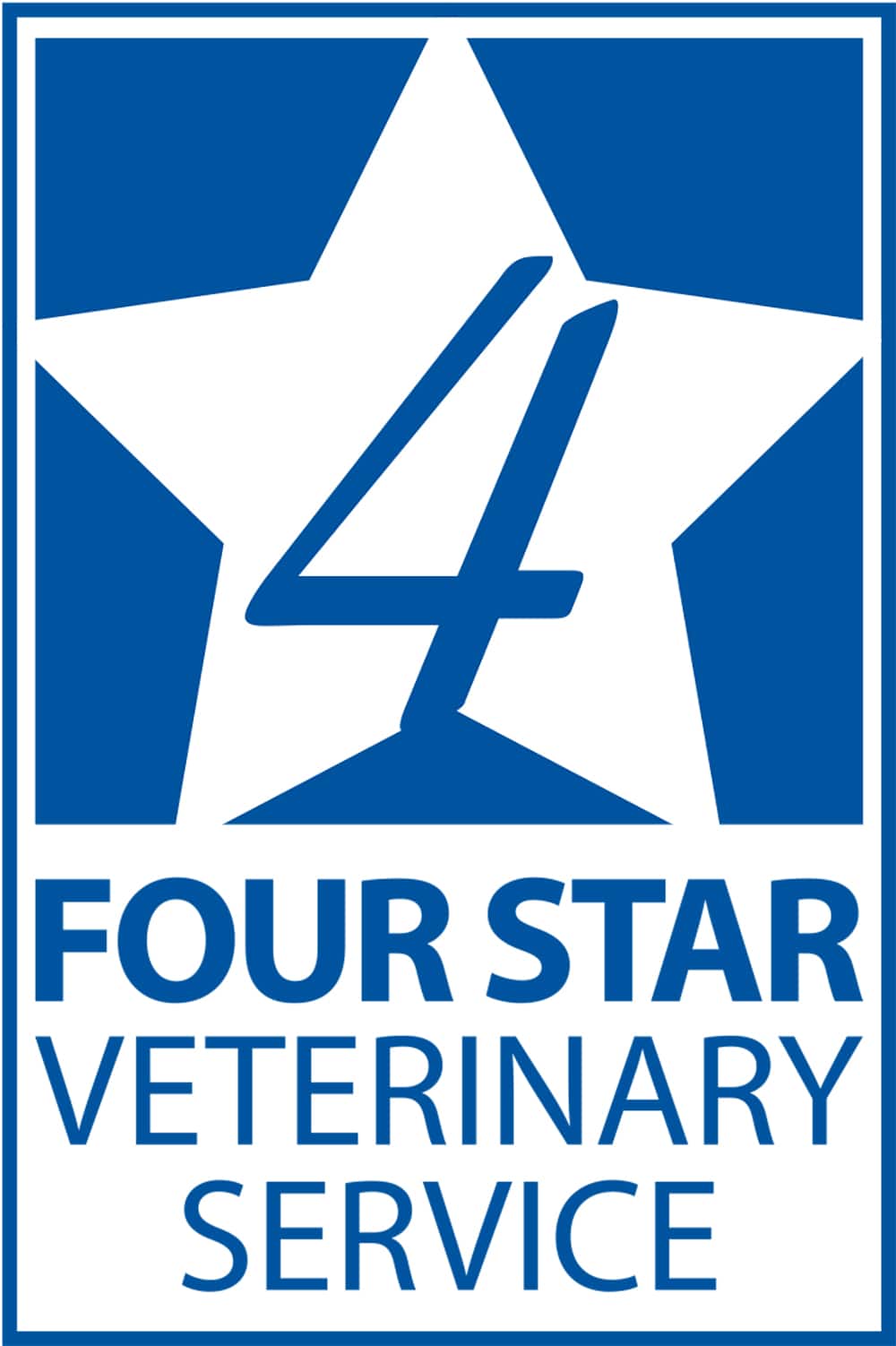Sow farms struggling to breed and farrow during hot, humid weather can pick up some tips from North Carolina, where this type of weather hangs around a long time.
Raising pigs without antibiotics offers niche market but with limitations
Markets for pork produced without antibiotics continue to grow. But this method of production is not for every farm.
COVID-19 lesson for hog farms: Tighten up basic biosecurity
The COVID-19 outbreak reinforces what veterinarians and pork producers already know — biosecurity protocols control disease.
